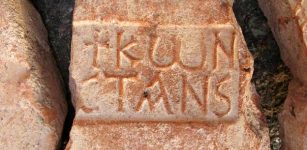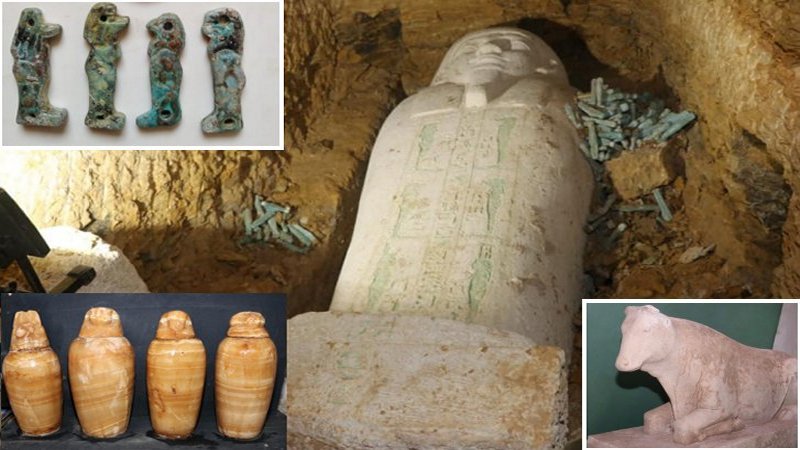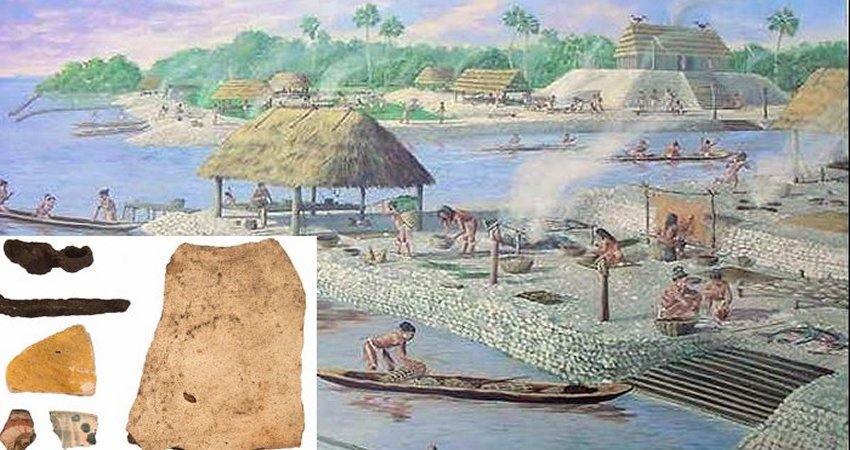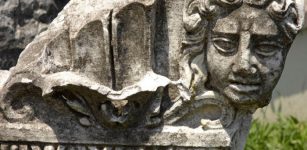Ancient Statues Discovered On Elephantine Island In Aswan
MessageToEagle.com – Two headless Old Kingdom statues and a New Kingdom offering stele have been unearthed in Elephantine Island in Aswan during excavations conducted by Swiss team of archaeologists led by Swiss archaeologist Cornelius Pilgrim.
The discovery was made in the vicinity of Khnum temple on the Nile island of Elephantine in Aswan.
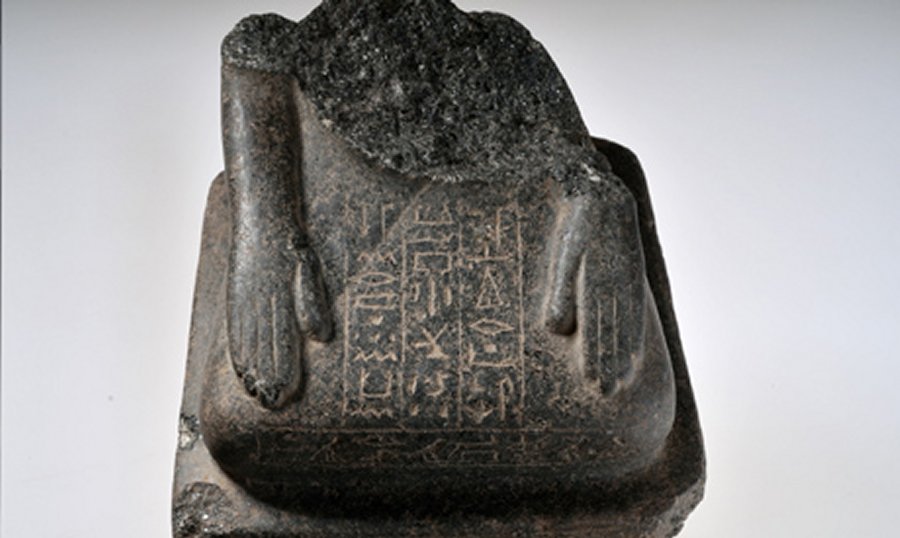
Early studies on the statues reveal that one of the figures, carved in black granite, belongs to the Old Kingdom Elephantine ruler prince Haqa Ib, though the second one is not yet identified as it does not bear any names or hieroglyphic text, according to Nasr Salama, director of Aswan antiquities.
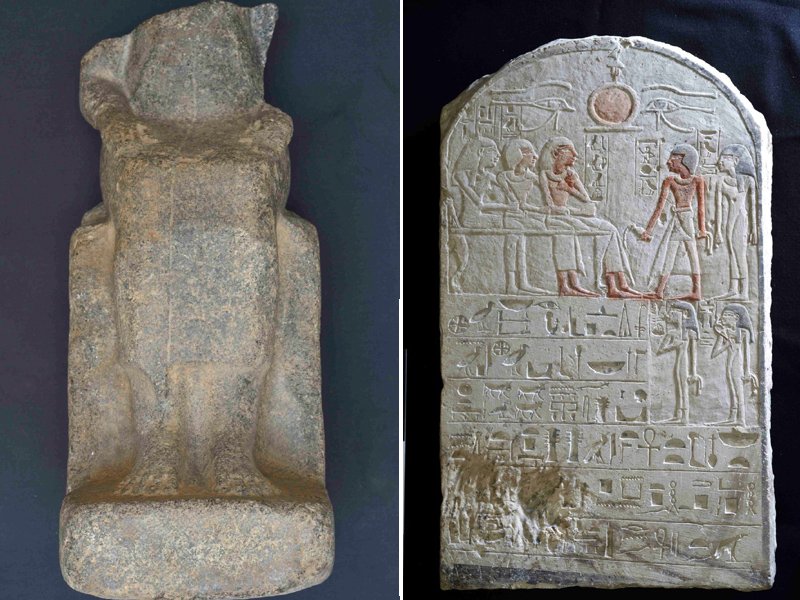
The offering stele is carved in sandstone and decorated with scenes of offerings to ancient Egyptian deities. Early studies show that the stele is dated to the 18th dynasty of the New Kingdom, but its owner is still unidentified.
“Unearthing the Haqa Ib statue beside Khnum temple shows that Haqa Ib was a very important and sacred ruler in Elephantine,” head of Ancient Egyptian Antiquities Department Mahmoud Afifi told Ahram Online.
Afifi added that Haqa Ib’s importance extended into the Middle Kingdom as King Intef III of the Middle Kingdom ordered the construction of a shrine to commemorate the prince, which was unearthed 80 years ago.
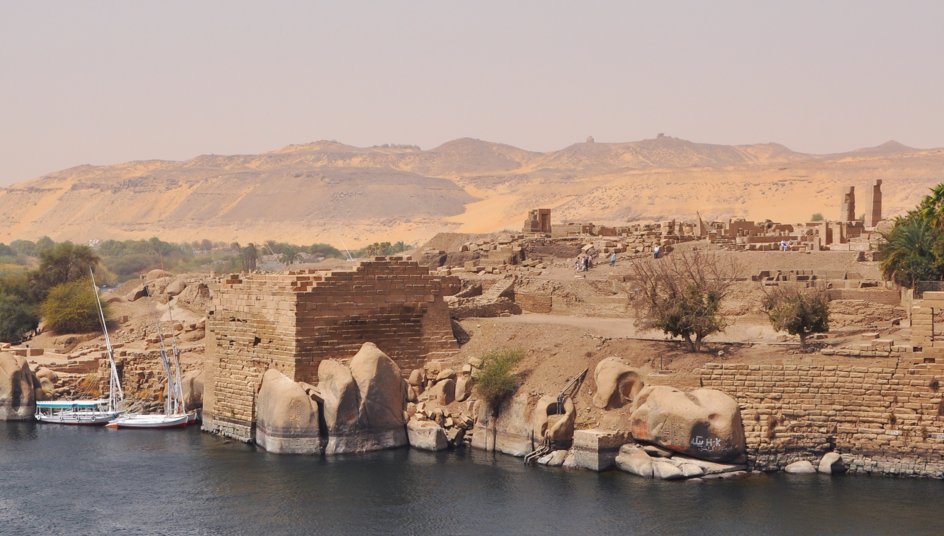
The Temple of Khnum in Aswan was dedicated to the ancient god that fed his power to the Nile River. Elephantine Island is the largest of the Aswan area islands, and is one of the most ancient sites in Egypt, with artifacts dating to predynastic periods.
This Elephantine Island Temple of the deity Khnum, who was believed to have created mankind from a potter’s wheel, is mostly in ruins. It is believed to have been built by Queen Hatshepsut of the 18th Dynasty. A number of obelisks and monuments have been reconstructed on the parapet, and there are column bases from a restoration which occurred in the early 19th Dynasty (Ramesses II).
In addition there is a gateway with carvings of Alexander IV of Macedon worshipping Khnum, and a number of Roman paving stones may be found. One may also see a large granite naos begun by Nectanebo II. There are a few remains of pillars which where painted by the Romans, and several altars with Greek inscriptions.
MessageToEagle.com
Expand for referencesReferences:


